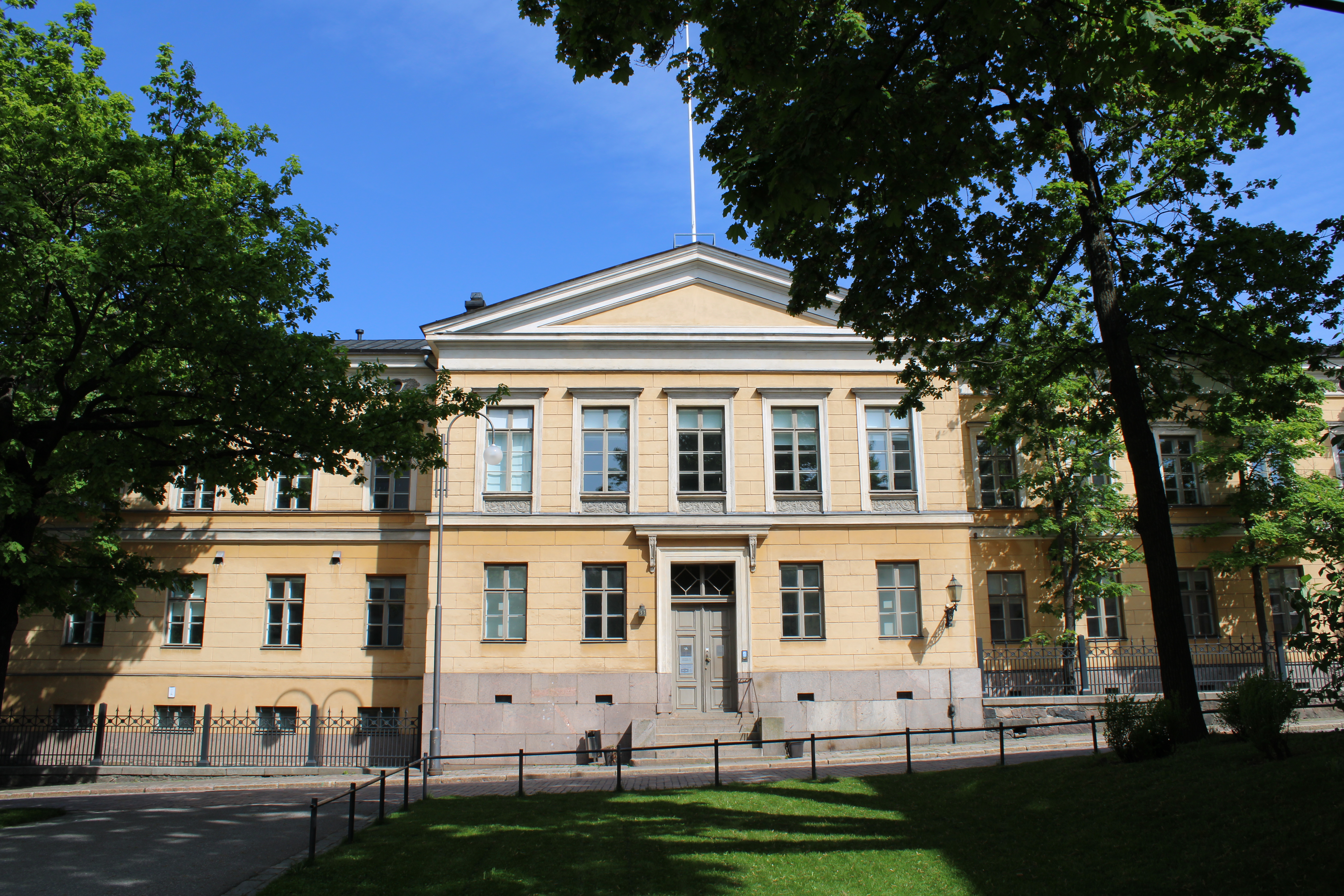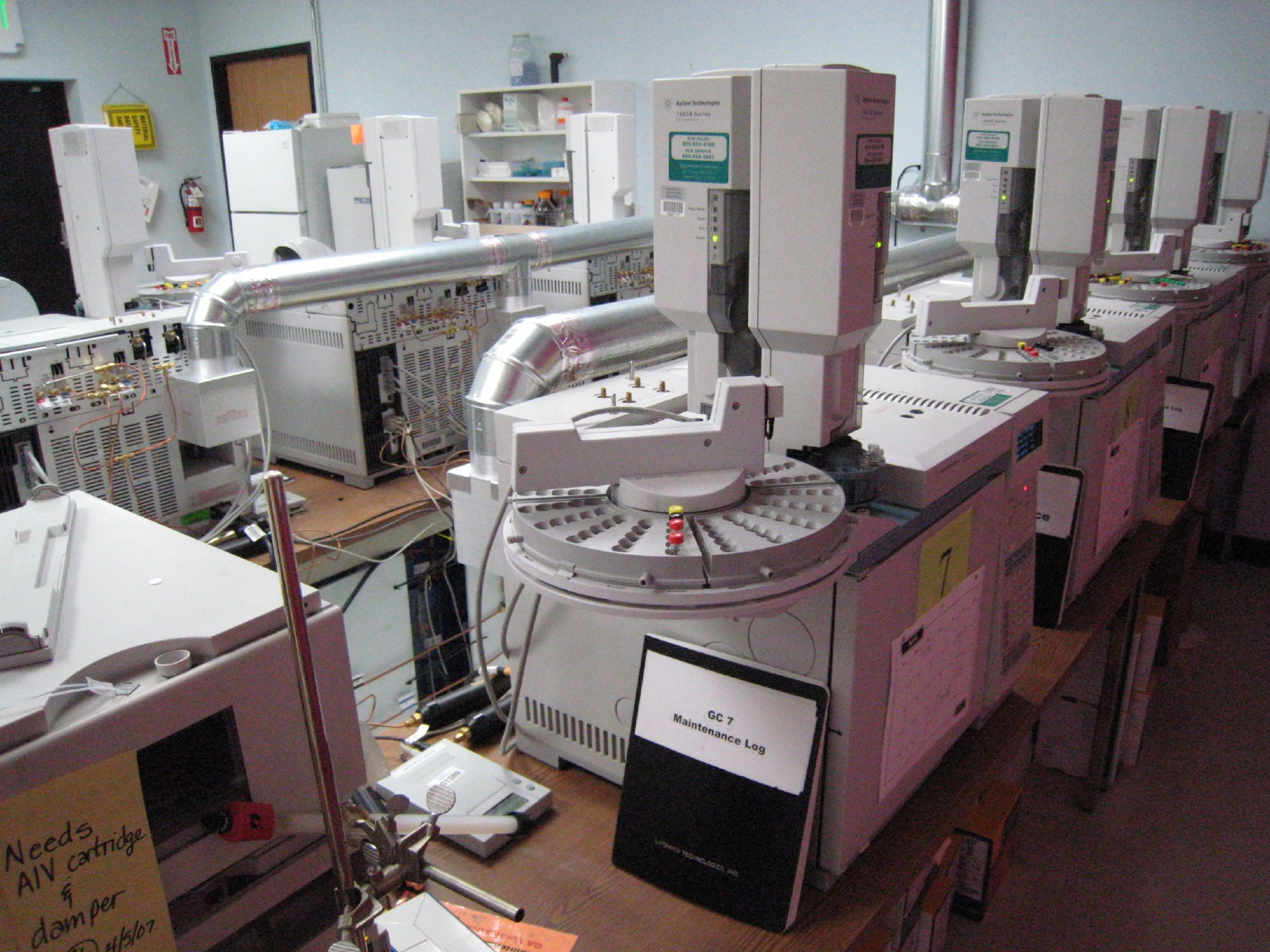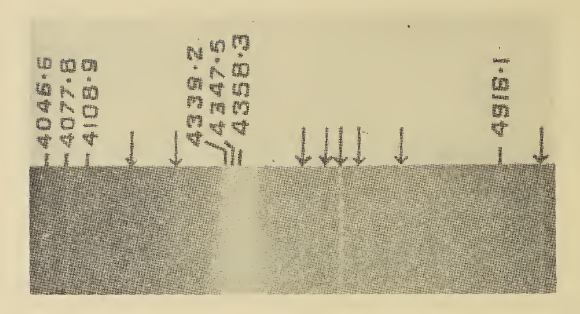|
Bernhard Lendl
Ao Prof. Dr. Bernhard Lendl is an Austrian chemist, TU Vienna, Institute of Chemical Technologies and Analytics,"Ao Prof. Dr. Bernhard Lendl" (retrieved February 21, 2013) the head of the working group on Process Analysis & Vibrational Spectroscopy."Bioprocess Monitoring with Ultrasound-Enhanced ATR Mid-IR Spectroscopy" (retrieved February 21, 2013) Since 2001 he is professor of , TU Vienna. ... [...More Info...] [...Related Items...] OR: [Wikipedia] [Google] [Baidu] |
Ao Prof
AO, aO, Ao, or ao may refer to: Arts and entertainment * Adults Only, an entertainment rating * AO Music (AOmusic), a world-music fusion group consisting of Jay Oliver, Miriam Stockley and others * Ao: The Last Hunter, a 2010 prehistoric drama movie * '' Eureka Seven: AO'', Japanese mecha anime television series * Lord Ao, a fictional deity in the ''Dungeons & Dragons'' universe * Annoying Orange, an American comedy web series Businesses and organizations * AO (originally American Optical Company) eyeglass lenses, a brand now merged with Carl Zeiss Vision * AO Foundation (originally ), a non-profit organisation dedicated to the treatment of trauma and disorders of the musculoskeletal system * AO World, a UK retailer of household appliances trading under the brand name ao.com * or (), a type of Russian corporate entity; see open joint-stock company * Athletics Ontario, formally Ontario Track and Field Association (OTAF) * Australian Airlines (IATA code AO) Governm ... [...More Info...] [...Related Items...] OR: [Wikipedia] [Google] [Baidu] |
TU Vienna
TU Wien (TUW; german: Technische Universität Wien; still known in English as the Vienna University of Technology from 1975–2014) is one of the major universities in Vienna, Austria. The university finds high international and domestic recognition in teaching as well as in research, and it is a highly esteemed partner of innovation-oriented enterprises. It currently has about 28,100 students (29% women), eight faculties and about 5,000 staff members (3,800 academics). The university's teaching and research is focused on engineering, computer science, and natural sciences. History The institution was founded in 1815 by Emperor Francis I of Austria as the '' k.k. Polytechnische Institut'' (Imperial-Royal Polytechnic Institute). The first rector was Johann Joseph von Prechtl. It was renamed the ''Technische Hochschule'' (College of Technology) in 1872. When it began granting doctoral and higher degrees in 1975, it was renamed the ''Technische Universität Wien'' (Vienna Univers ... [...More Info...] [...Related Items...] OR: [Wikipedia] [Google] [Baidu] |
Institute Of Chemical Technologies And Analytics
An institute is an organisational body created for a certain purpose. They are often research organisations ( research institutes) created to do research on specific topics, or can also be a professional body. In some countries, institutes can be part of a university or other institutions of higher education, either as a group of departments or an autonomous educational institution without a traditional university status such as a "university institute" (see Institute of Technology). In some countries, such as South Korea and India, private schools are sometimes referred to as institutes, and in Spain, secondary schools are referred to as institutes. Historically, in some countries institutes were educational units imparting vocational training and often incorporating libraries, also known as mechanics' institutes. The word "institute" comes from a Latin word ''institutum'' meaning "facility" or "habit"; from ''instituere'' meaning "build", "create", "raise" or "educate". ... [...More Info...] [...Related Items...] OR: [Wikipedia] [Google] [Baidu] |
Analytical Chemistry
Analytical chemistry studies and uses instruments and methods to separate, identify, and quantify matter. In practice, separation, identification or quantification may constitute the entire analysis or be combined with another method. Separation isolates analytes. Qualitative analysis identifies analytes, while quantitative analysis determines the numerical amount or concentration. Analytical chemistry consists of classical, wet chemical methods and modern, instrumental methods. Classical qualitative methods use separations such as precipitation, extraction, and distillation. Identification may be based on differences in color, odor, melting point, boiling point, solubility, radioactivity or reactivity. Classical quantitative analysis uses mass or volume changes to quantify amount. Instrumental methods may be used to separate samples using chromatography, electrophoresis or field flow fractionation. Then qualitative and quantitative analysis can be performed, often with ... [...More Info...] [...Related Items...] OR: [Wikipedia] [Google] [Baidu] |
Infrared Spectroscopy
Infrared spectroscopy (IR spectroscopy or vibrational spectroscopy) is the measurement of the interaction of infrared radiation with matter by absorption, emission, or reflection. It is used to study and identify chemical substances or functional groups in solid, liquid, or gaseous forms. It can be used to characterize new materials or identify and verify known and unknown samples. The method or technique of infrared spectroscopy is conducted with an instrument called an infrared spectrometer (or spectrophotometer) which produces an infrared spectrum. An IR spectrum can be visualized in a graph of infrared light absorbance (or transmittance) on the vertical axis vs. frequency, wavenumber or wavelength on the horizontal axis. Typical units of wavenumber used in IR spectra are reciprocal centimeters, with the symbol cm−1. Units of IR wavelength are commonly given in micrometers (formerly called "microns"), symbol μm, which are related to the wavenumber in a reciprocal way. A ... [...More Info...] [...Related Items...] OR: [Wikipedia] [Google] [Baidu] |
< |




